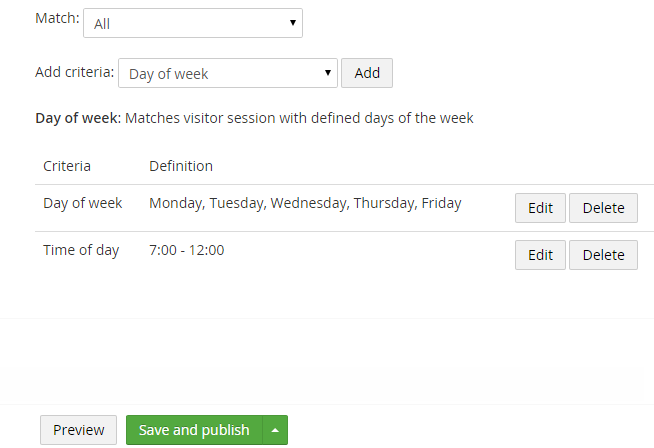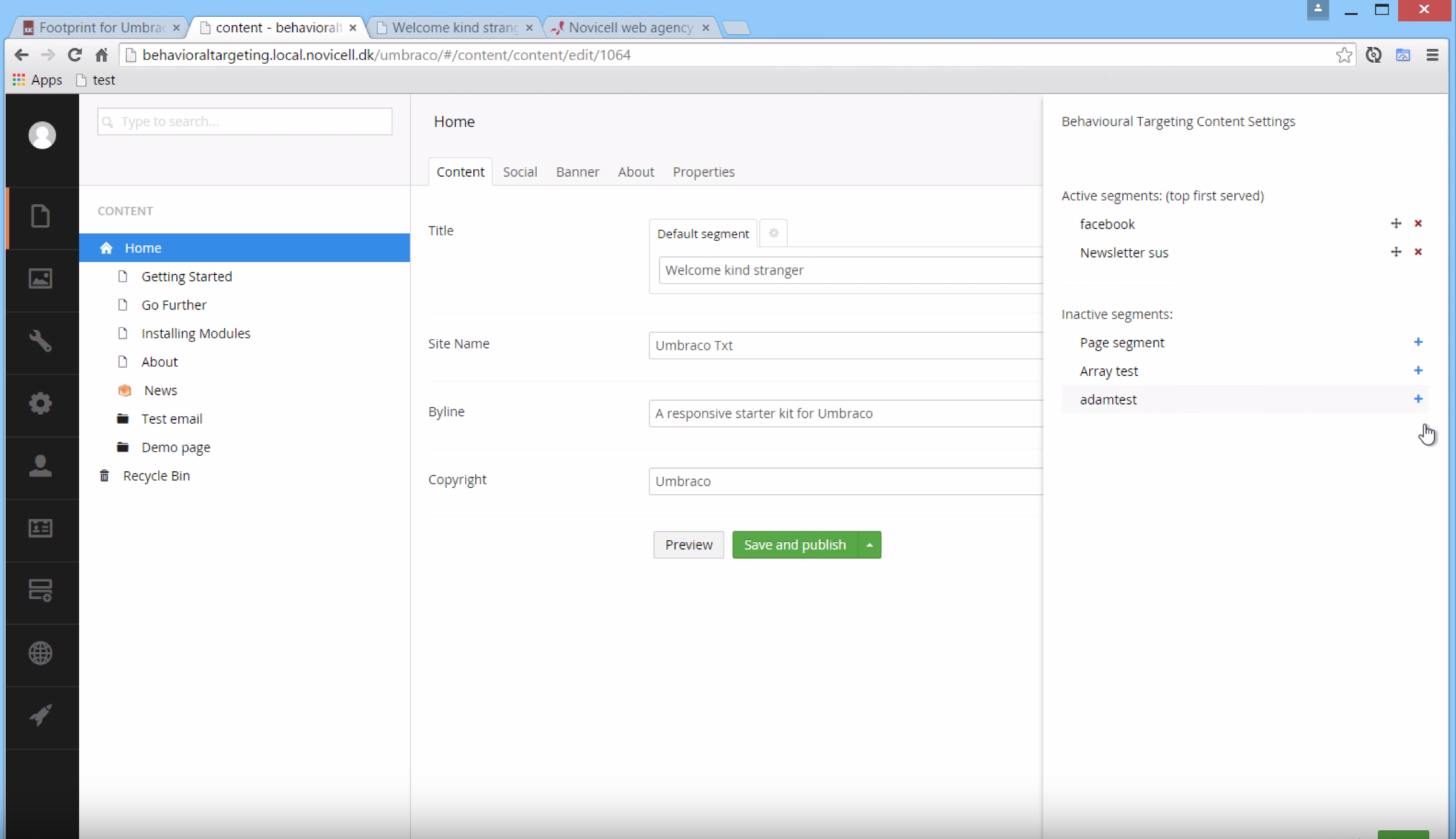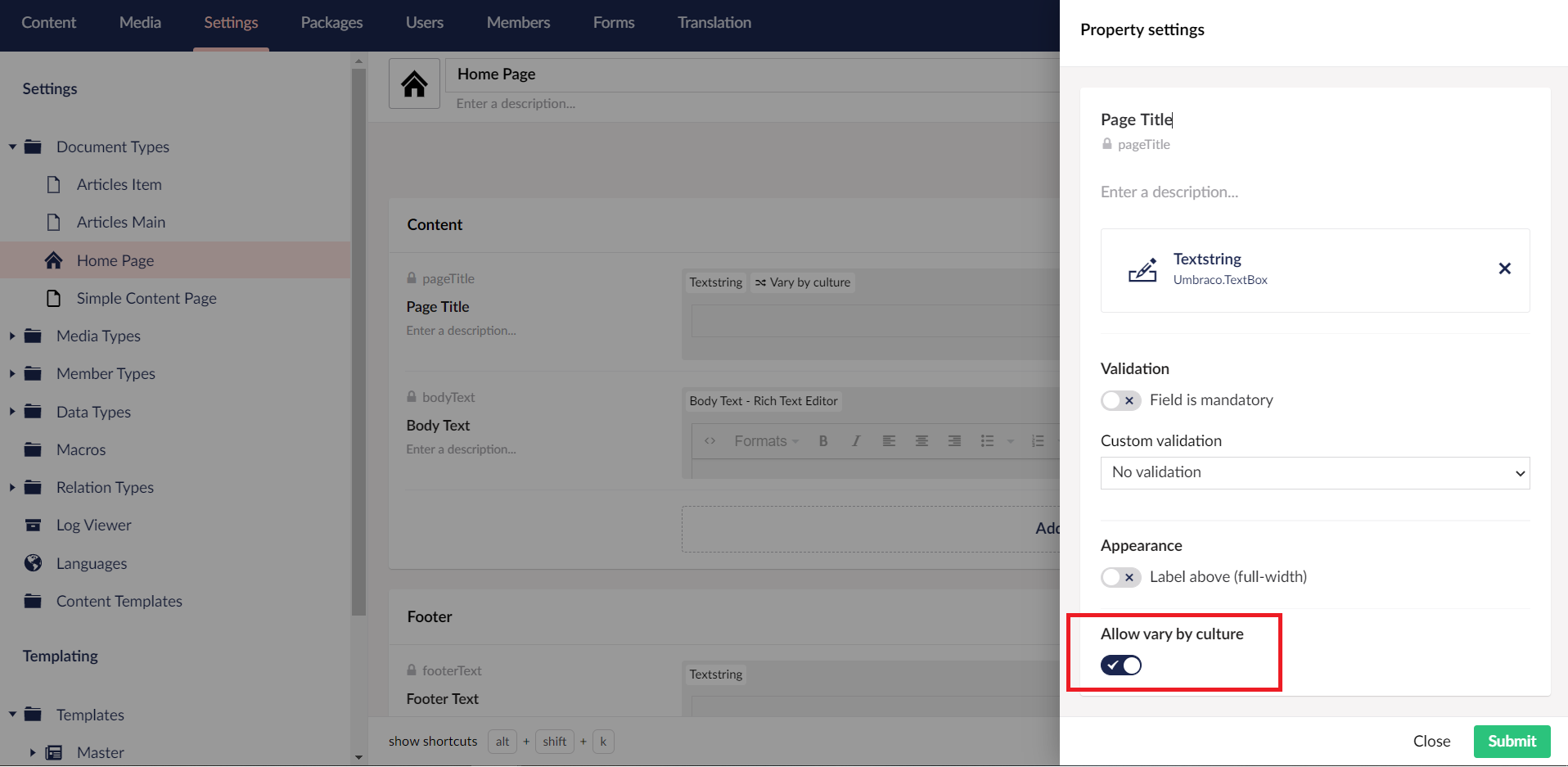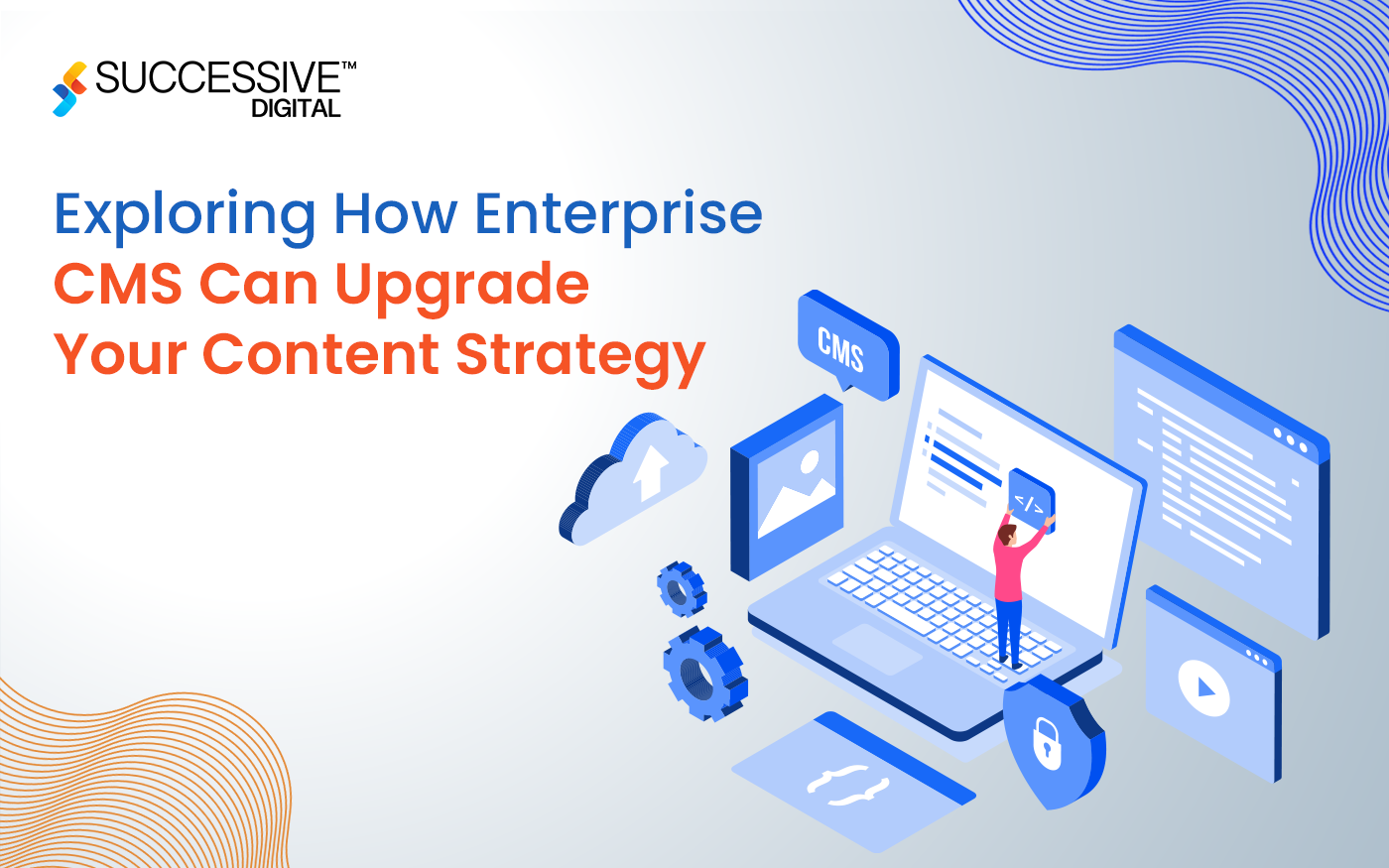Personalization is a powerful tool for brands. In today’s landscape, where consumers are increasingly demanding deeper personalized experiences at every digital touchpoint, personalization has proven valuable in attracting, acquiring, engaging and retaining consumers, and has even proven to have significant profit implications for enterprises.
For enterprises using content management systems (CMSs) to deliver personalized digital experiences, it’s important to have a CMS that is personalization-centric, since setting up in-depth personalization models can be arduous and time-consuming. Umbraco is one such CMS.
Umbraco is an open-source CMS that offers personalization tools and features that can help enterprises improve user experience and drive increased conversions. What’s more, the CMS is developer-friendly, enabling the extension of its personalization capabilities to fit business needs.
In this article, learn how Umbraco can pave the path towards delivering personalized web experiences.
What Are the Benefits of Personalizing Web Experiences?
Creating tailor-made digital experiences allows businesses to move away from a standardized approach to customer experience. These personalized experiences that respond to specific needs make the customer feel valued, and gain their loyalty.
Personalized web experiences have many benefits from a business perspective, including the following.
Better-Qualified Leads
Through personalized web experiences, enterprises can generate deeper consumer insight, find and nurture better-qualified prospects, and shorten the overall sales cycle. 60 percent of marketers say personalization is a key strategy for improving the quality of leads being generated.
Higher conversions
Personalized web experiences can be instrumental in driving conversions. HubSpot’s analysis of 330,000 calls-to-action (CTAs) found that personalized CTAs deliver an astonishing 202 percent better conversions than generic buttons. Companies like Amazon have seen a 60 percent conversion rate for products it recommends.
Increased brand affinity
Personalized experiences can increase brand affinity – 91 percent of consumers are more likely to shop with brands that provide personalized recommendations, and 63% of consumers will stop buying from brands that use poor personalization tactics. This is why 1 in 3 marketers prioritizes personalization in their marketing efforts.
Improved customer loyalty
Personalized experiences can nurture customer relationships and drive customer loyalty. 56 percent of consumers say they are loyal to brands that truly understand their preferences and 89 percent are loyal to brands that share their values. Another study by McKinsey suggests Increased customer loyalty has tremendous profit implications as well.
Also Related: 8 Steps to Devising a Foolproof Customer Experience Strategy
How to Build Personalized Web Experiences Through Umbraco CMS
To build a personalized web experience, it’s important to have a content management platform whose capabilities extend beyond a one-size-fits-all approach and embraces personalization. The Umbraco CMS offers these capabilities to enterprises through plug-ins and easy-to-use personalization tools. A Umbraco Development Company can also help you to build personalized web experiences through Umbraco.
Let’s discover the four-step process for building and executing web personalization with Umbraco CMS.
Understanding and Segmenting Audiences
First, it’s important to understand who you’re personalizing experiences for. An effective way to gain this understanding is to use audience breakdown features of web analytics tools to bring forth visitor behavior on your website. It’s important to understand who your visitors are, how they think, and what they seek in a website experience and deliver experiences that engage, inform, and inspires them to take action.
Audiences can then be segmented based on browsing habits, preferences, and other behavioral data. Audience segmentation allows for enterprises to deliver scalable personalization. Through micro-segmentation and hyper-segmentation, enterprises can deliver even deeper personalization to website visitors.
Also Related: A Beginner’s Guide to User Research
Defining Goals and KPIs
Now that you’ve understood and segmented your audiences, it’s important to define what their pain points are, how you aspire to serve them, and what goals personalization can help you achieve. It’s important that your goals are SMART – specific, measurable, achievable, relevant, and time-bound. Some website personalization goals include:
- Boosting revenue
- Increasing visitor engagement
- Reduce customer churn
- Generating better-qualified leads
- Retaining customers
Next, you must define success metrics to track the performance of your personalization efforts. Some important key performance indicators (KPIs) for web personalization include:
- Conversion rate
- Bounce rate
- Time spent on site
- Customer lifetime value
- Returning visitors
Using Umbraco to Create Personalized Content
Now, it’s time to create content and experiences that align with the goals of your business and audiences. Here’s where an open-source CMS like Umbraco can be valuable. Some of the top websites built with Umbraco are The Council of the European Union, Asda Money, etc.
Personalization with Umbraco CMS is simple, owing to the host of personalization features and ‘packages’ or plugins that allow marketers to show tailor-made content to different audience segments, and even track segment-wise behavior and traffic based on predetermined segmentation settings. These packages and features include the following.
Personalization Groups

This package enables content personalization based on predetermined criteria such as pages viewed, number of site visits, country, time of day, querystring, and many others. Personalization Groups give website owners, editors and marketers granular control over what type of content audiences are seeing.
Footprint
This is a powerful behavioral targeting, marketing automation and footprinting package that can help track visitors’ movement across your website, profile visitors, and store any other information on them.

Through Footprint, you can provide different content to different audiences and track the performance of your efforts.
Language Variants

An excellent personalization tactic is to enable the cultural variation of content, such as the ability for a user to translate content into their desired language. Umbraco’s Language Variants feature allows you to have variants of the same content compiled together under one project, enabling the management of multilingual content.
The tool gives creators the ability to easily switch between languages in the preview mode and also has a ‘side-by-side’ feature, where two pieces of content are juxtaposed to facilitate the editing of content in multiple languages.
uMarketingSuite
An analytics and insights Umbraco package, uMarketingSuite offers great tools that can aid enterprises in delivering web personalization with Umbraco CMS.
uMarketingSuite offers a Personalization Canvas that reuses existing Umbraco concepts to enable explicit and implicit web personalization – all based on personalization algorithms.
Through the Digital Analytics and 360-degree Customer Profiling features, uMarketingSuite also empowers existing customer relationship management (CRM) platforms by allowing marketers and editors to intuitively interact with data to better-understand user behavior and track the impact of personalization efforts.
Another similar tool, uPersonal, offers similar capabilities.
Also Read: The Key Ingredients of an Ideal Content Management System
Umbraco Can Be a Vital Component of Your Digital Personalization Strategy
Creating personalized content can be a challenge. Many enterprises struggle to deliver effective and scalable tailor-made web experiences due to challenges like a surfeit of non-actionable data, a lack of understanding of website audiences, and failure to measure the impact of personalization strategies.
By understanding website audiences and their pain points, planning and executing compelling personalized experiences, regularly measuring the performance of personalization efforts, and constantly adjusting to evolving consumer needs, enterprises can truly leverage web personalization to achieve their objectives, and Umbraco can be a key enabler in this journey.
Read Next: Why Your Business Needs a Digital Experience Platform












